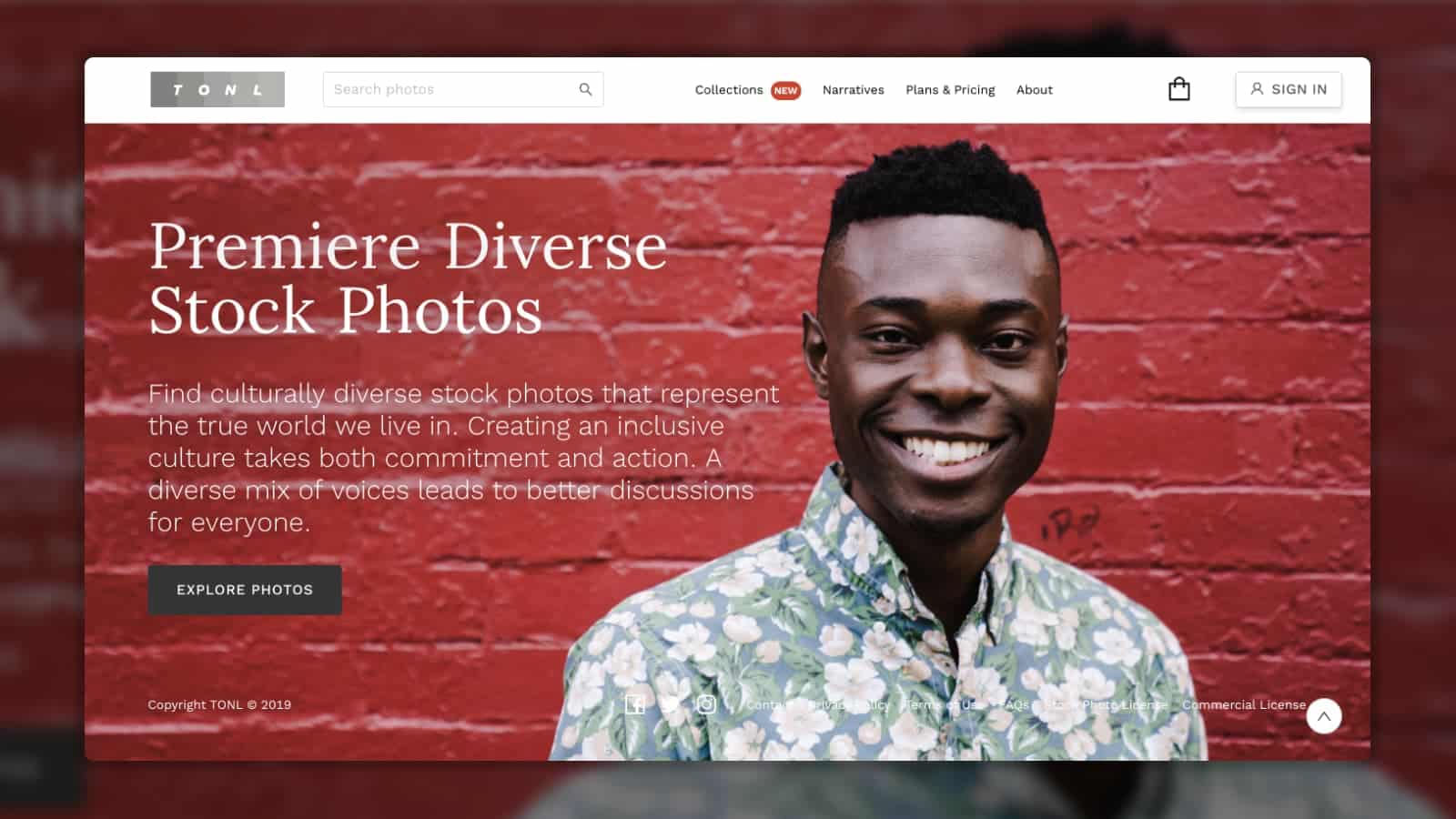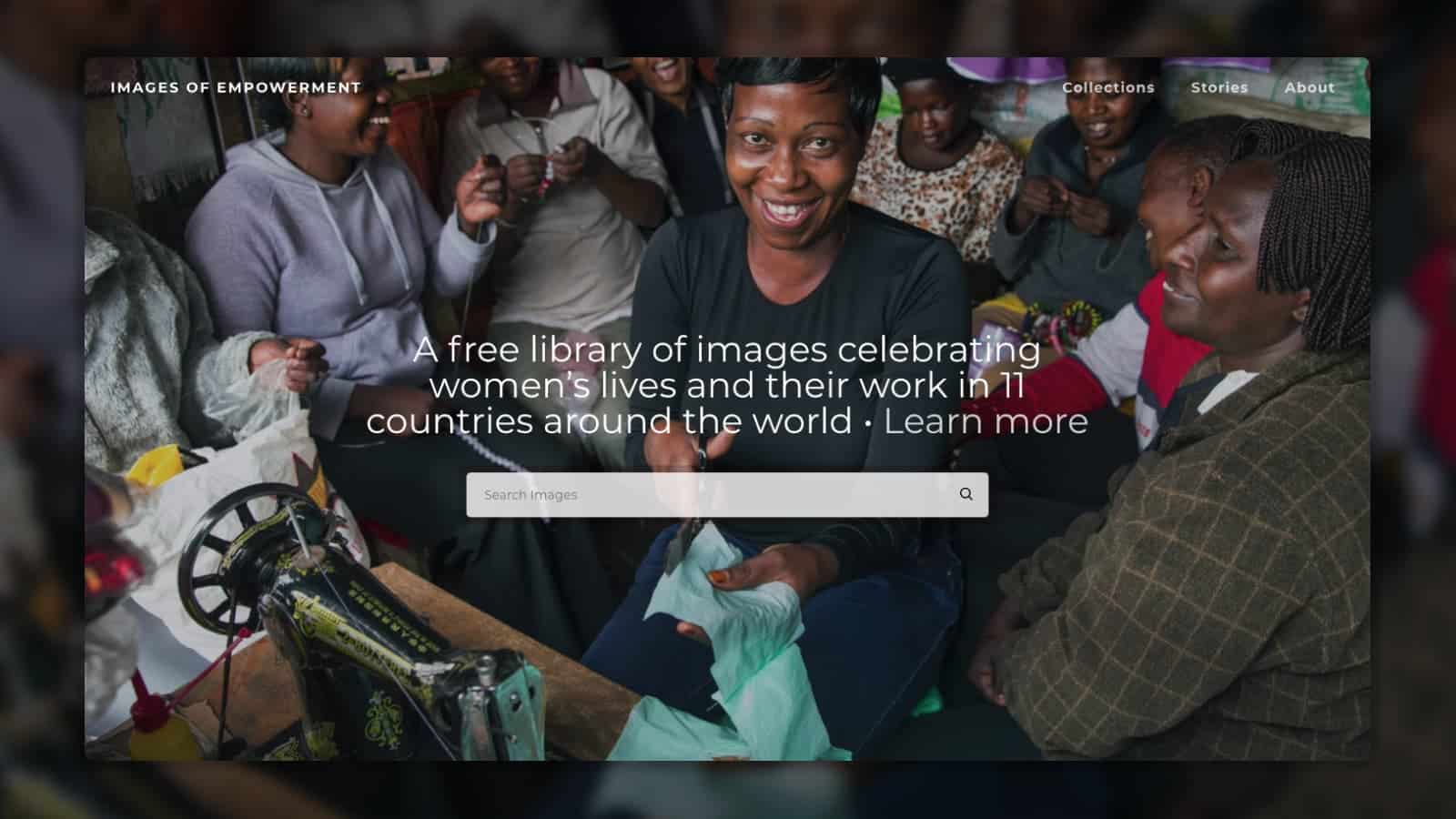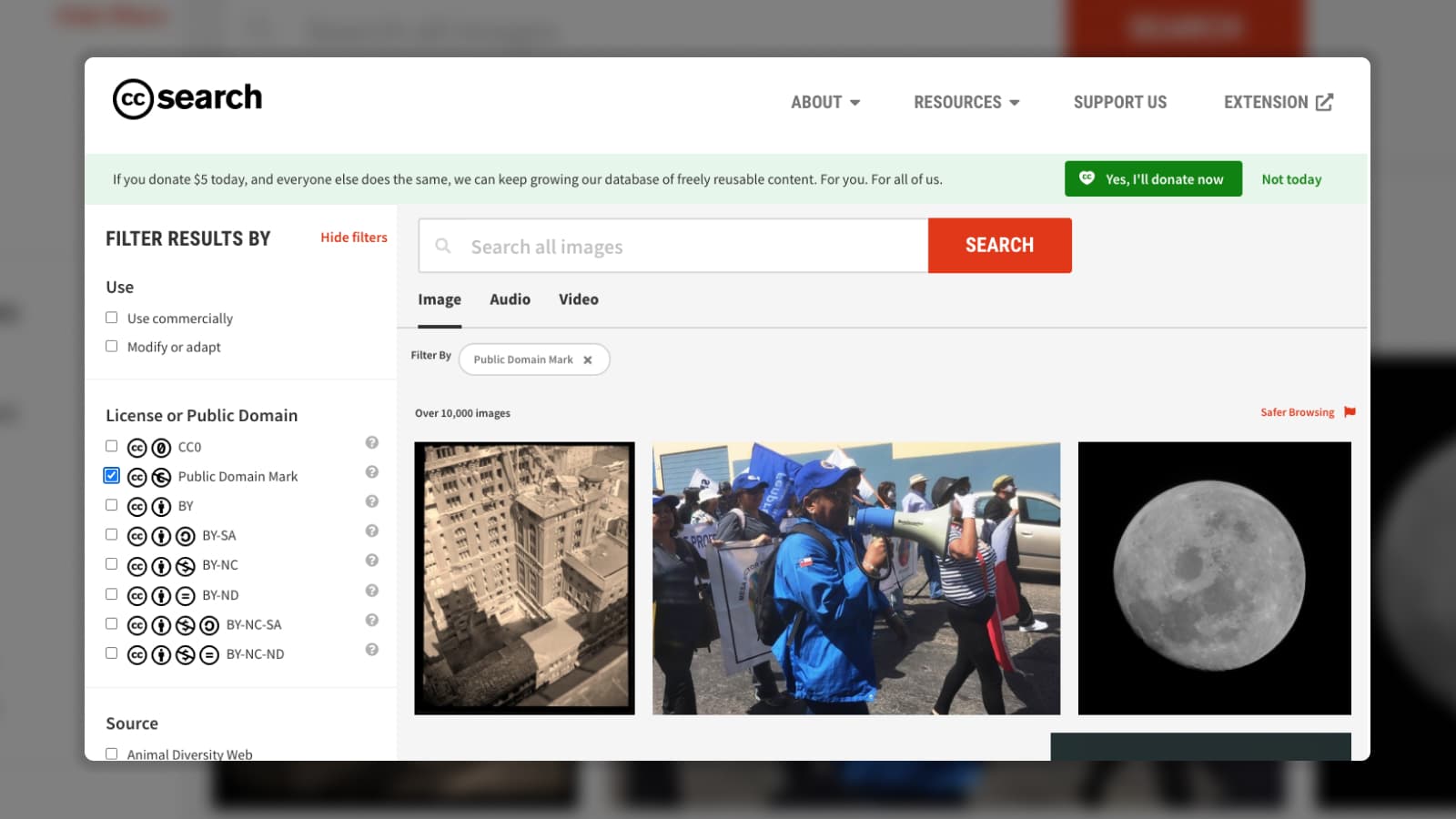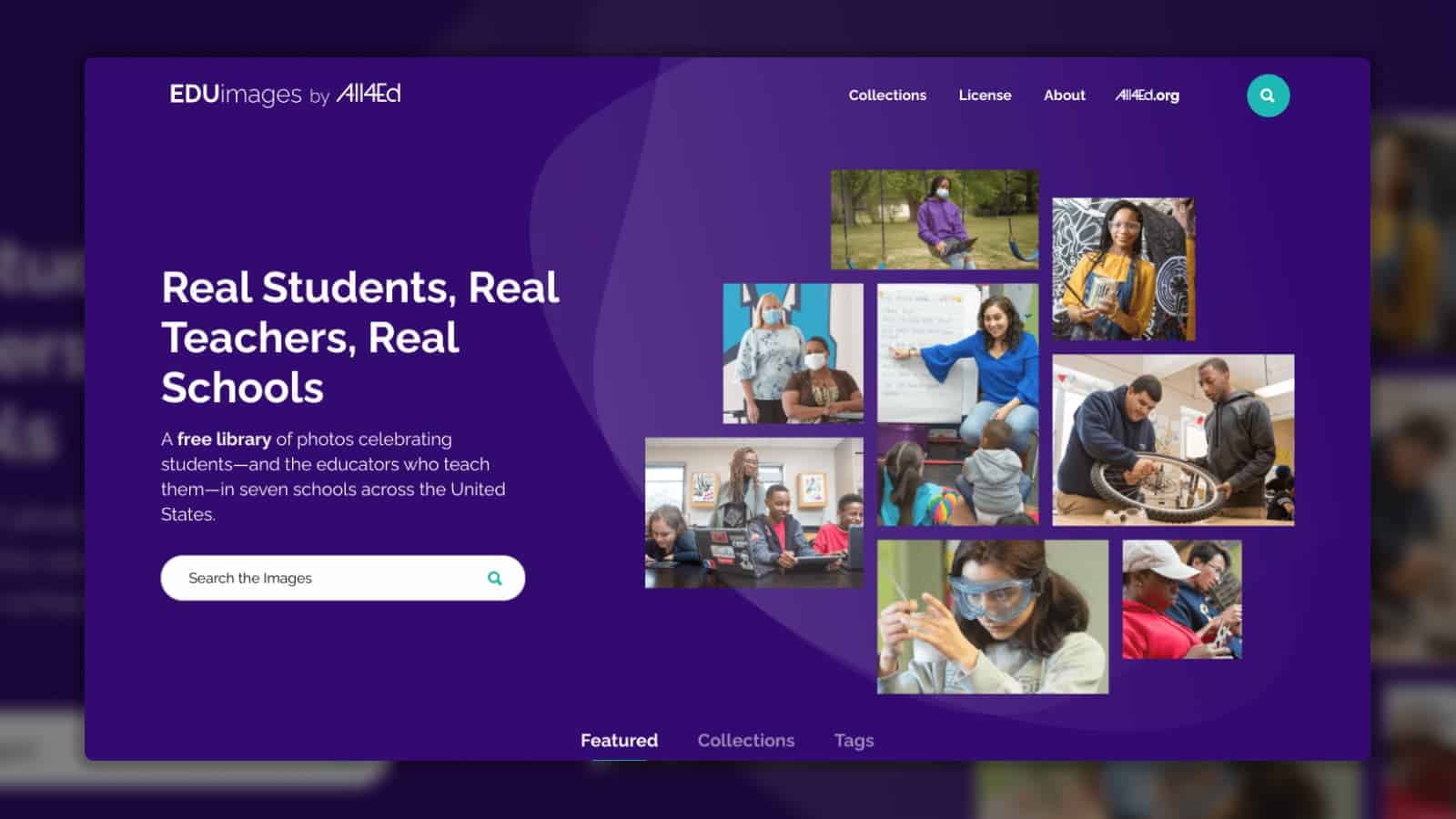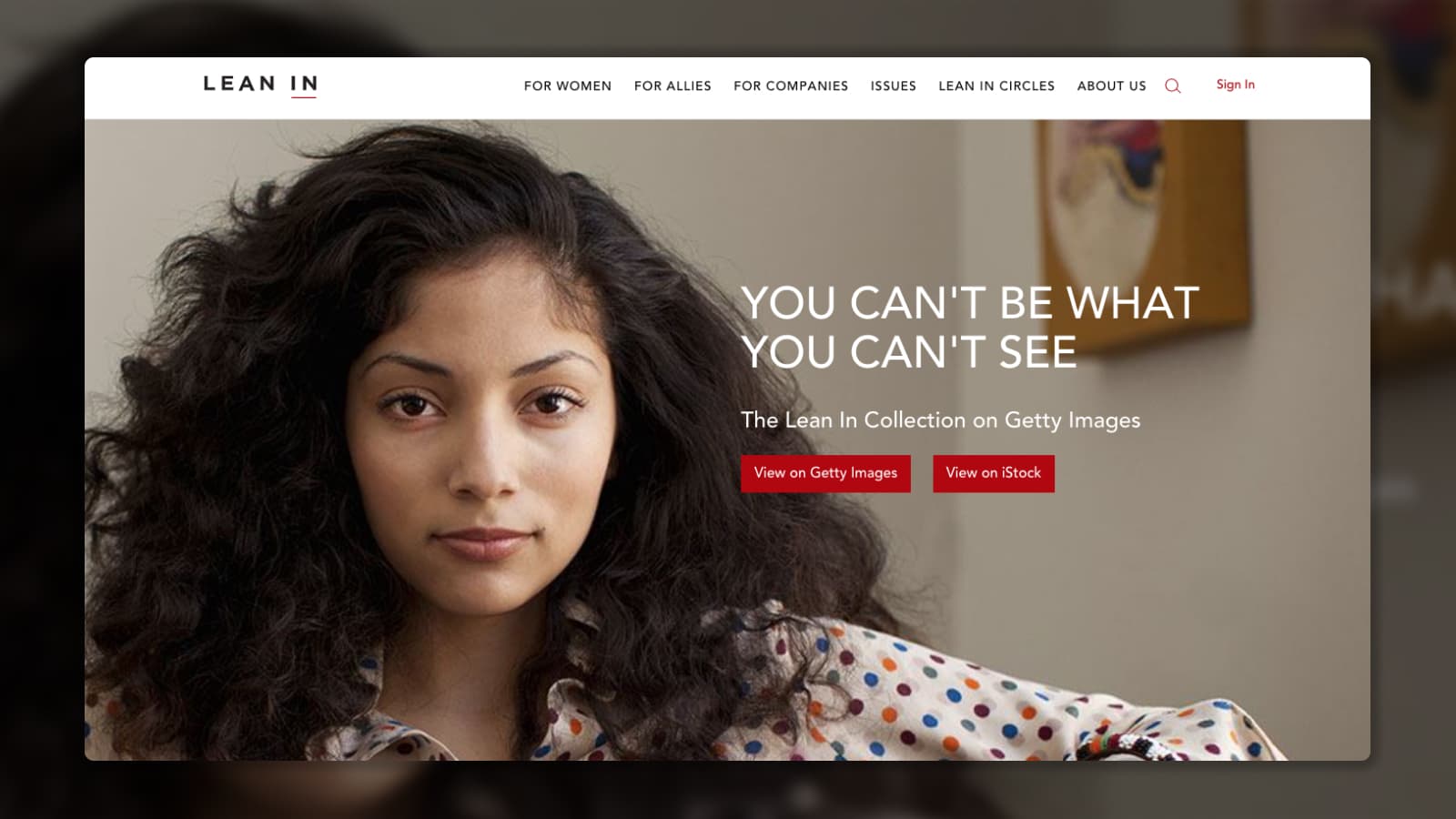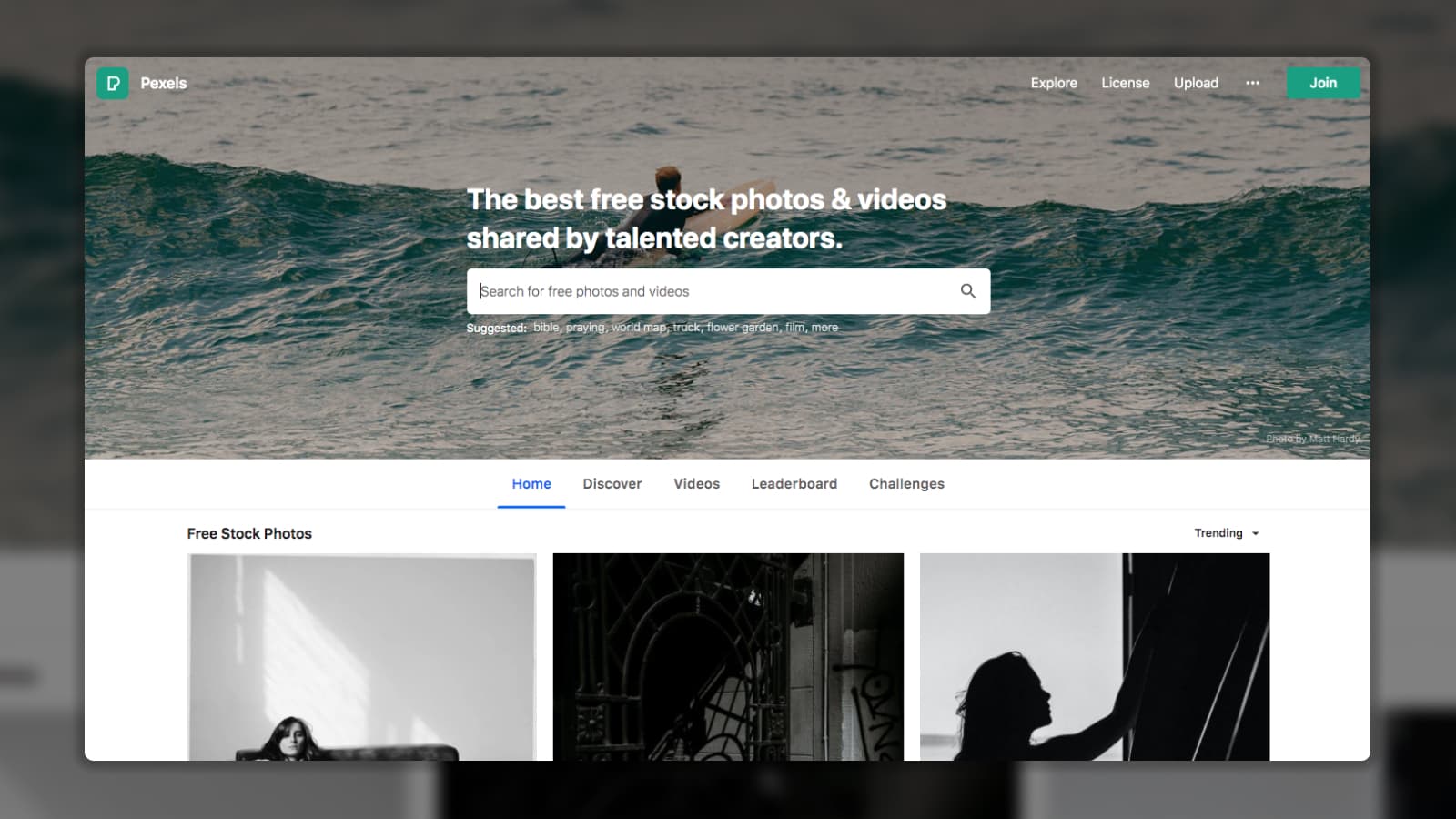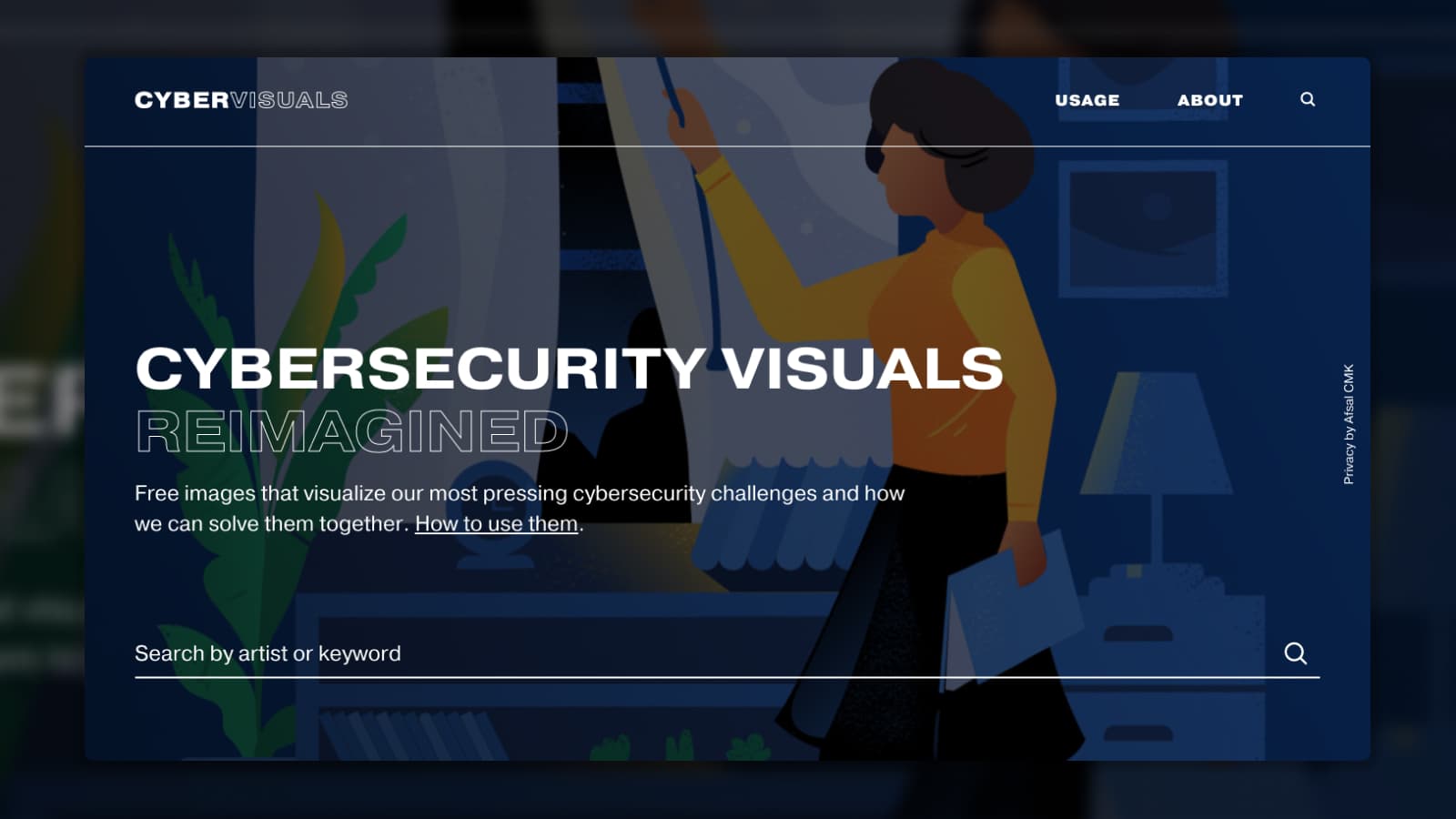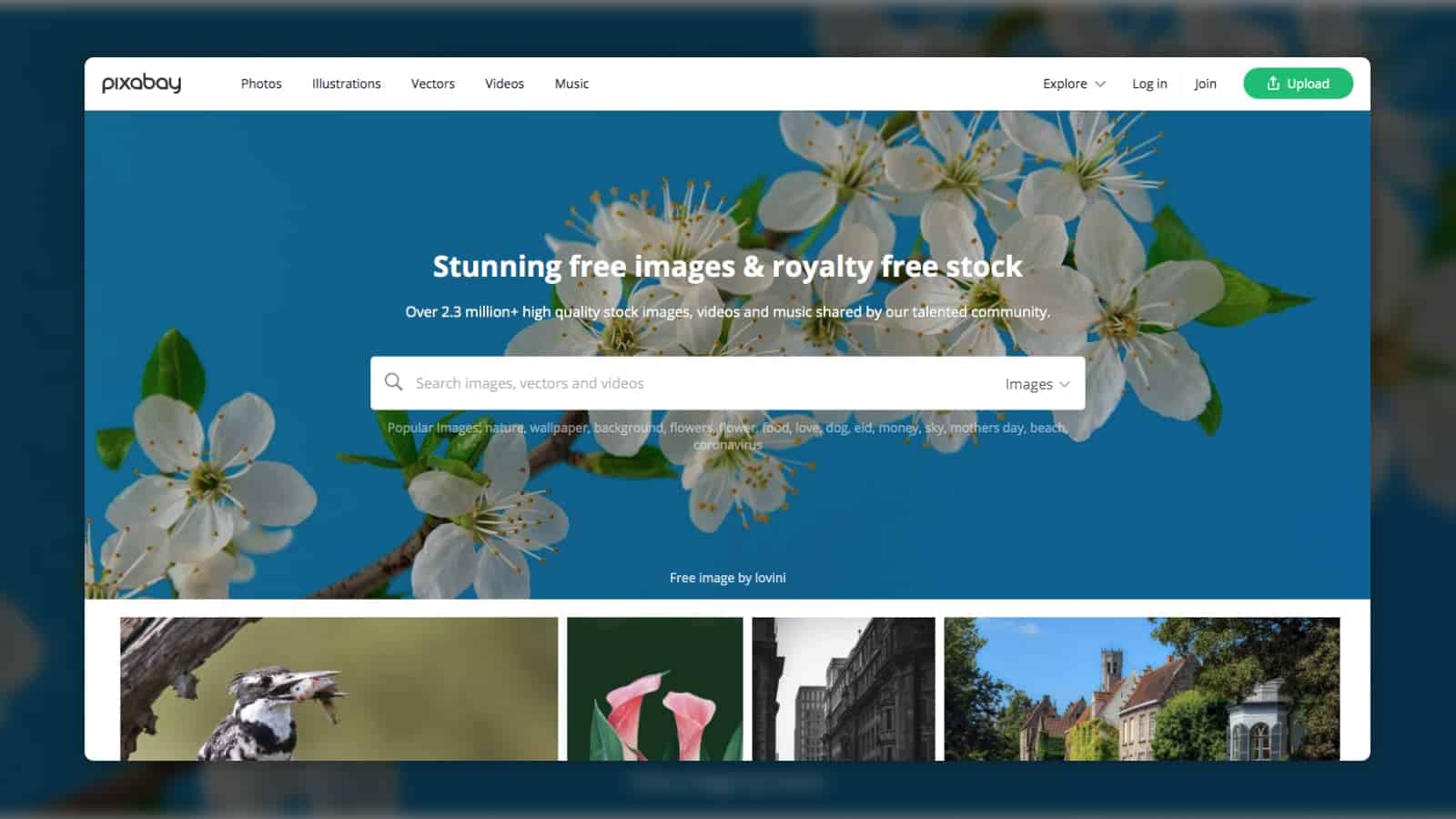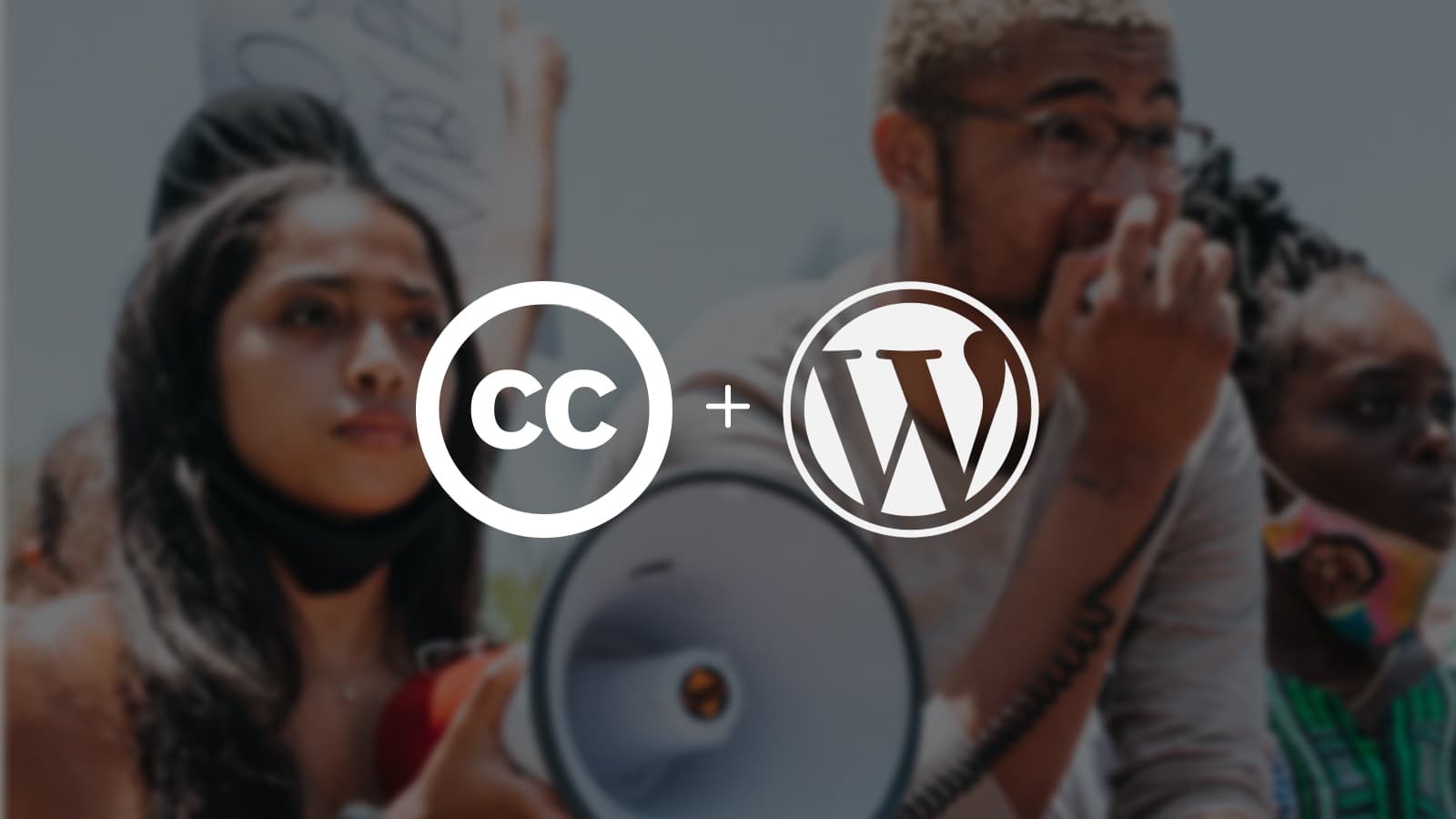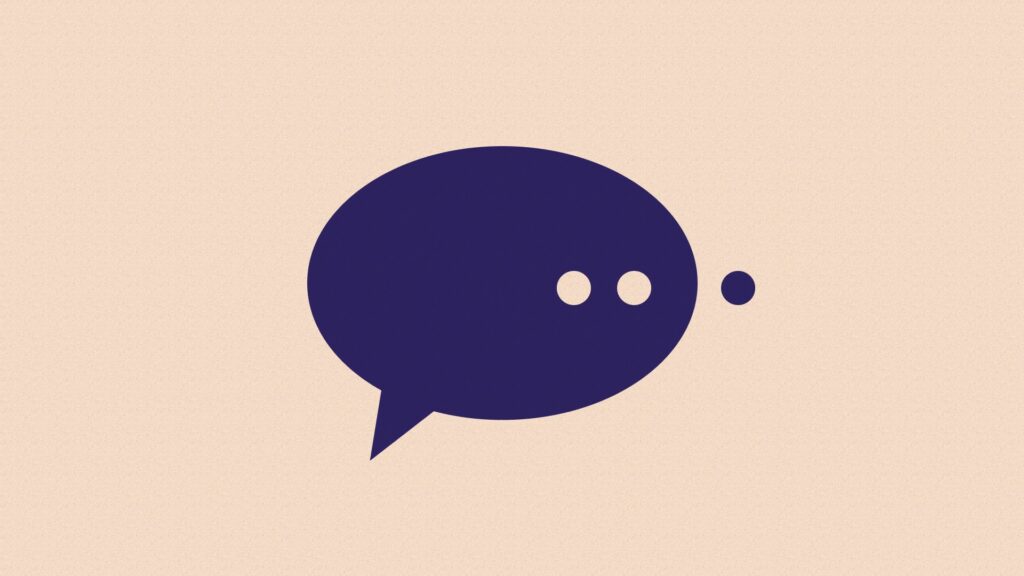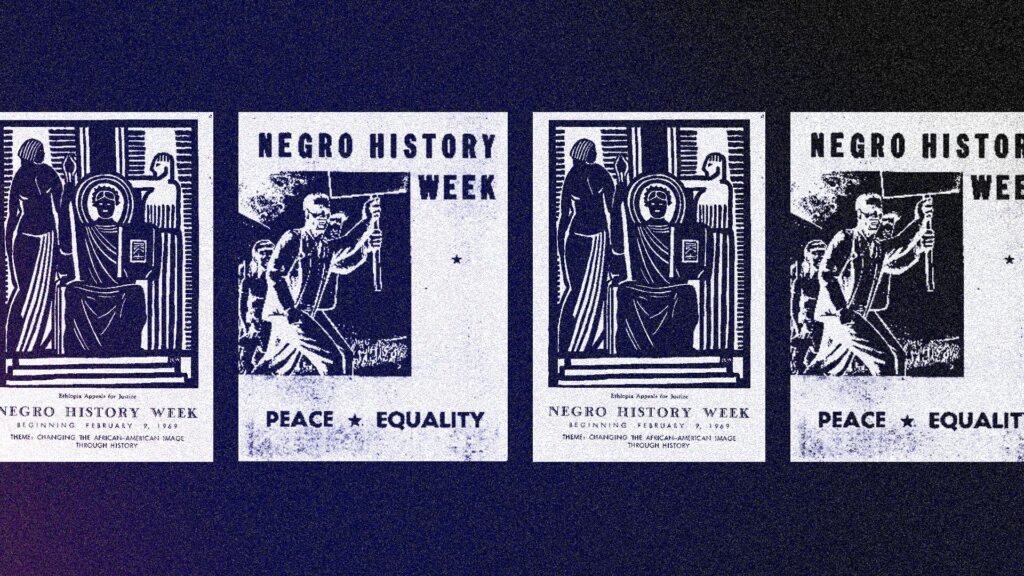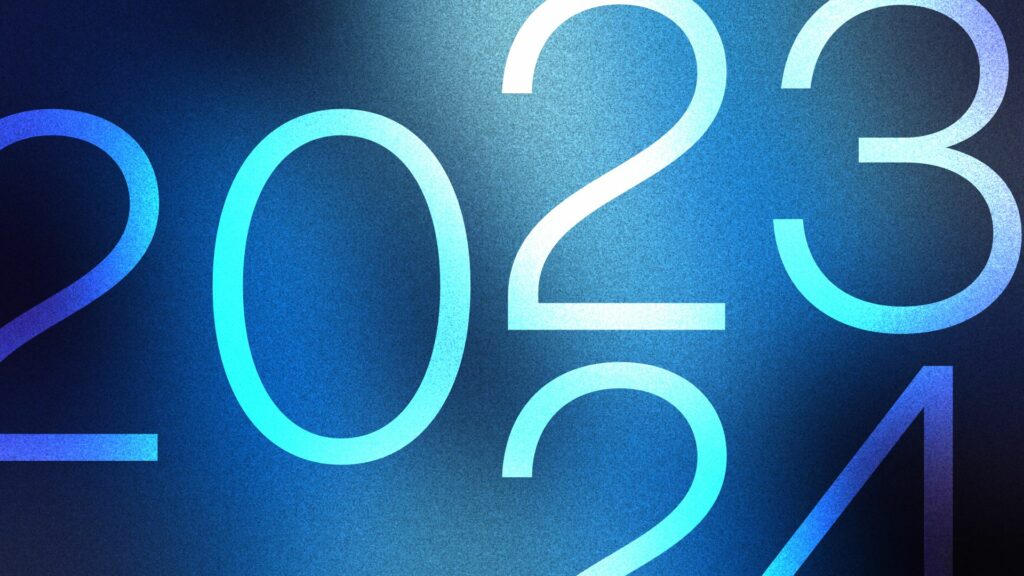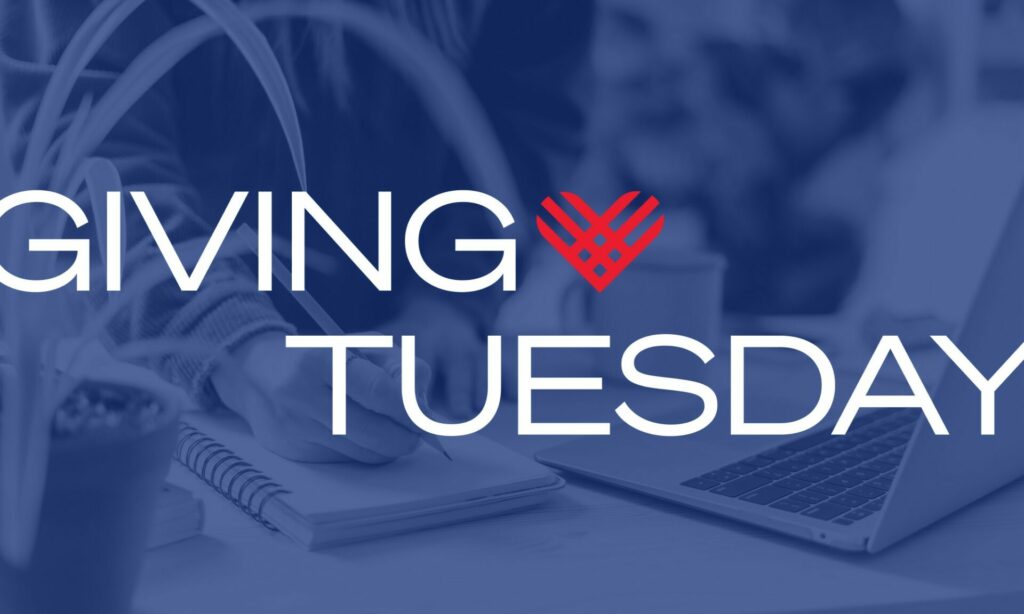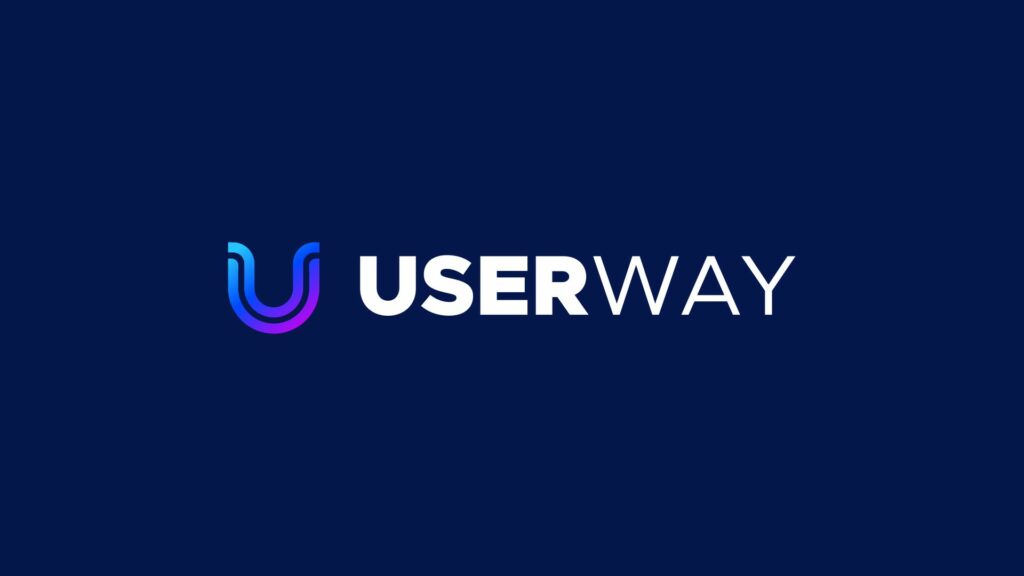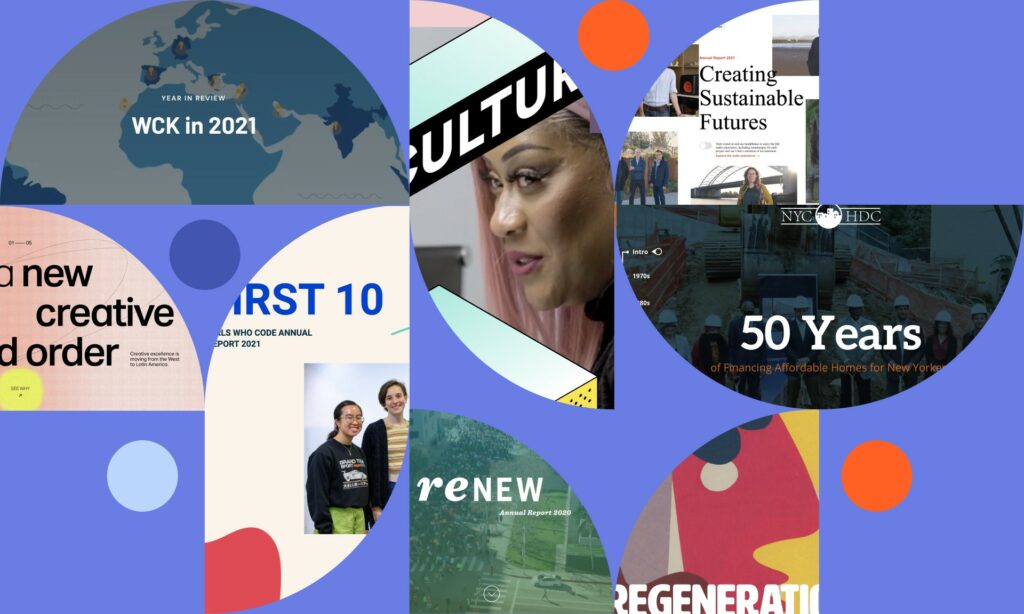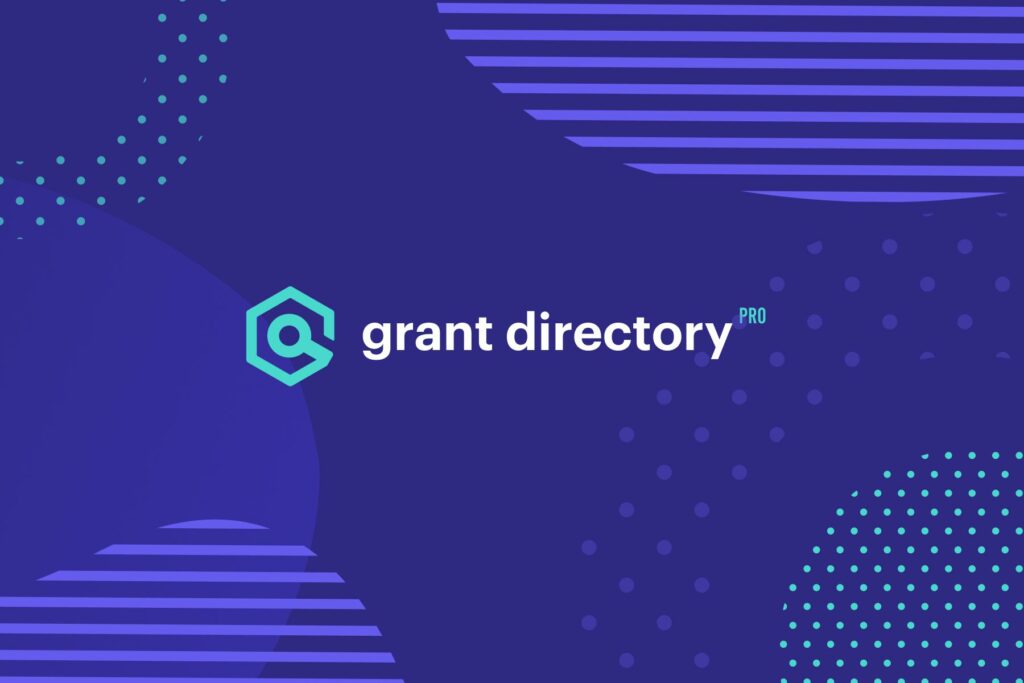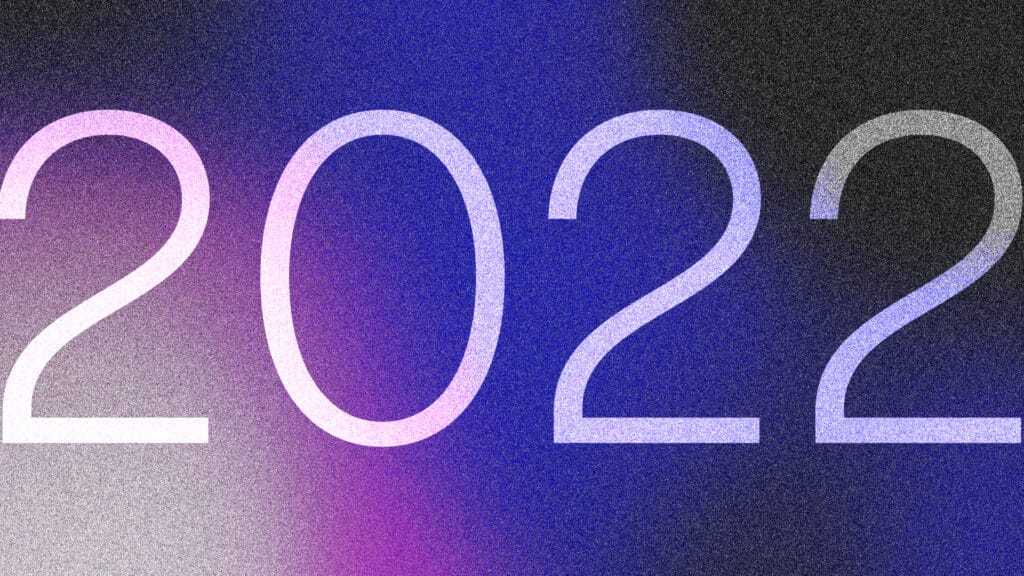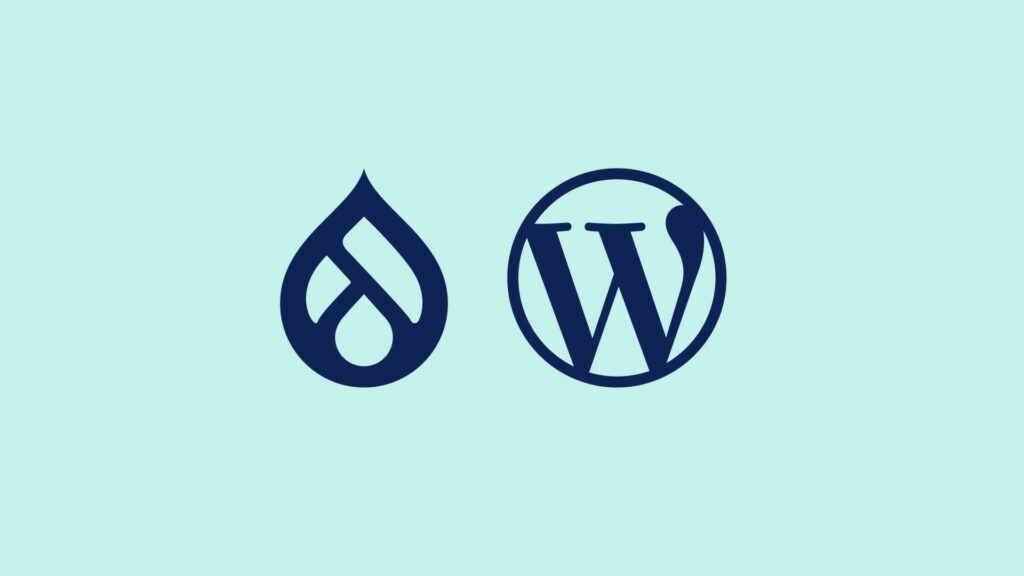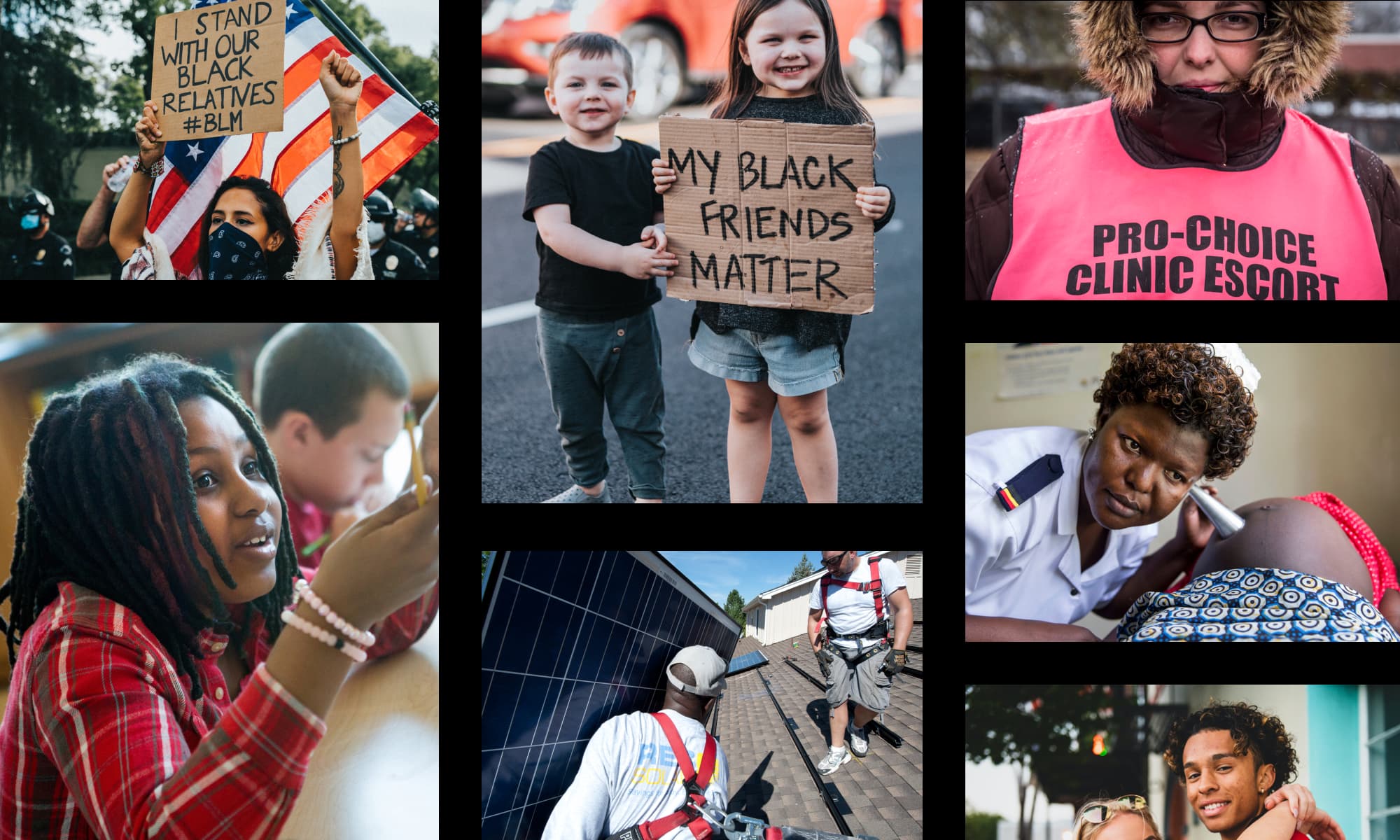
Stock photos: love them or hate them; they are often the only choice for organizations seeking high-quality visual assets for their websites. In an ideal world, our communications budgets would include funds for photoshoots, but that’s not the reality most of us exist within. After all, who doesn’t want visuals that are genuine representations of your brand’s purpose and community?
Simply mention “stock photos” in a conversation with a client and both sides of the table will shift around uncomfortably in their seats. And for good reasons: there are some significant downsides to using stock imagery:
- Subject Matter: Finding photos that accurately represent your work can be a significant challenge—one that compounds the more specialized the organization’s mission is.
- Authenticity: Some stock photos are obviously staged and lack the candid quality you desire in your visual assets. Some images just look like stock—and that is not a good thing when your work touches the lives of real people every day.
- Diversity: Like many aspects of society, stock imagery suffers from a lack of gender and racial representation—something that is fundamentally against the ethos of our clients.
- Prevalence: When a stock photo successfully addresses the issues described above, it gets used—often. It might appear in other contexts across the spectrum of both for and not-for-profit organizations.
- Licensing: Each source for stock photography has unique licensing, which can also differ from image to image from a single source. The legalese found in the terms can be confusing and lead to a degree of uncertainty on whether you can use the image in an intended way.
- Cost: Stock photos, at least historically speaking, are not free. Generally speaking, the cheaper the image, the more you will have to sacrifice the above qualities.
Fortunately, there are several alternatives to the traditional, long-standing stock photo sources. In recent years a significant shift has occurred in the stock photography landscape. Let’s explore some of our favorites:
TONL
TONL is a stock photo source with a mission: to transform the idea of stock photography by displaying images of diverse people and the stories around their world. Offering a wealth of high-quality images that challenge the homogeneous look of stock photography, TONL offers thousand of images for as low as $1.40 per image for editorial purposes.
Our take: TONL is a wonderful source for inclusive imagery. We love their purpose-driven ethos of their business model and the images are affordable even for the most budget-conscious nonprofit organizations. Take a look!
Images of Empowerment
An initiative of the William and Flora Hewlett Foundation and the David & Lucile Packard Foundation in partnership with Getty Images, Images of Empowerment shows the connection between women’s work, health, and ability to care for themselves and their families in 11 countries around the world. Images can be downloaded in multiple resolutions, are licensed under Creative Commons and are free for non-commercial use.
Our take: Visceral is incredibly grateful to have been part of making Images of Empowerment happen. The foundation teams recognize the importance of visuals in helping both the nonprofit and media support, celebrate, and tell the story of women’s lives everywhere.
Unsplash
Unsplash is a wildly popular platform powered by a community of photographers that generously contribute their images for free use. Unsplash has a unique license that does not require permission or credit. The main limitation is that the images cannot be sold or replicated on a similar service. As of writing this, their community of over 200k photographers has submitted over 2 million free, high-resolution images.
Our take: Unplash has been an incredible resource for thematic imagery such as background photos and textures. Images of people are more limited, and the best ones are frequently seen across the internet, including on popular news outlets, so select those images carefully. It will be interesting to see what, if any, changes their recent acquisition by Getty Images will bring.
Creative Commons Search
Creative Commons has a popular search engine that searches over 300 million images from sources including museums, galleries, and even private companies like including SpaceX. Image seekers can narrow the results by the type of Creative Commons license they desire, by source, and by file type.
Our take: We have long respected Creative Commons as a nonprofit and believe the terms outlined by their licensing options are easy to understand. That said, we’d love to see integration with more public repositories or a way for organizations to submit images as the search results can be very limited in many instances.
EDUimages by All4Ed
EDUimages is a free library of photos celebrating students—and the educators who teach them—in schools across the United States. Curated by All4Ed and supported by the William and Flora Hewlett Foundation, the library contains hundreds of candid photographs featuring diverse students from preschool through high school in equally diverse learning environments. Images are free for non-commercial use and licensed under Creative Commons.
Our take: It was an honor to work with All4ed in bringing this incredible library of images to the public. In a world of hyper-staged classroom photoshoots, it’s refreshing to see genuine photos of students in real-life situations. It’s an excellent resource for any organization with a focus on childhood learning.
Lean In Collection on Getty Images
Lean In is a nonprofit that helps women achieve their ambitions and works to create an equal world where people of every gender can pursue their dreams without bias or barriers. They partnered with Getty Images to create the Lean In Collection, intending to shift perceptions, overturn cliches, and incorporate authentic images of women into media and advertising. The collection can be found on Getty Images.
Our take: We respect the intention of the partnership between Lean In and Getty Images, but given the images are licensed and sold through Getty Images, the cost for high-resolution assets is prohibitive to many nonprofit organizations who could use them. That said, their target audience is the media and advertising industries, which can easily afford 400 dollars per image. In that context, we believe they’ve done an excellent job ensuring a positive portrayal of women in stock photography.
National Renewable Energy Laboratory (NREL) Image Gallery
NREL allows public access to over 50k free photographs related to renewable energy and energy efficiency technologies. All images must be credited and cannot be used for the sale of goods or services. Images are well-organized by topic and can be downloaded in multiple resolutions.
Our Take: The NREL image gallery is our favorite resource of clean energy-related visuals such as solar panels, wind turbines, and so on. Images are authentic and high quality. We made extensive use of the gallery when creating Energy Foundation’s website. We only wish we knew of more sites like this!
Pexels
Pexels closely resembles Unsplash—it’s a library of free images licensed under unique terms with no permission or attribution required.
Our take: Pexels is another excellent resource for thematic imagery, but images of people often feel like a carefully curated feed from Instagram influencers. This is not a bad thing for commercial businesses looking to market a product or service, especially to a younger demographic, but the people-focused images are not very relevant to our social-sector work.
CyberVisuals
CyberVisuals is a collection of images and illustrations that visualize our most pressing cybersecurity challenges. Funded and commissioned by the William and Flora Hewlett Foundation in partnership with OpenIDEO, the images reimagine the visual language of cybersecurity—a complex topic and one often rife with cliches, including men crouched over a laptop in a dark room. Each image was created by a pool of international illustrators and they are freely licensed under Creative Commons.
Our take: We enjoyed working with the foundation team to bring CyberVisuals to the masses. Cybersecurity is a challenging subject to visualize, and we think the illustrations they commissioned do an incredible job of distilling a complex, multifaceted challenge into visual metaphors.
Pixabay
Pixabay boasts over 2.3 million free images for public use. Similar to both Unsplash and Pexel, Pixabay has it’s own licensing that does not require permission or credit while also preventing the sale of it’s images. Pixabay also has vector graphics, videos, and music.
Our take: Pixabay is another good resource for thematic images, but usable images of people feels on par with Unsplash and Pexels. Canva acquired Pixabay not long ago, so we look forward to what this means to their growing library of images.
BONUS! Openverse
Openverse is an upcoming project by the team behind WordPress and has not been officially announced. While the details are still fuzzy, there is enough information to get the WordPress community excited about what’s to come. The goal is to have a database of free images licensed through Creative Commons and integrated into the WordPress media library. This means that, in the near future, all website creators will have access to a global repository of free images within WordPress itself.
Our Take: Openverse sounds like an incredible resource and another reason WordPress is the leading open-source content management system (CMS). We look forward to an official announcement!
As you can see, there are many alternatives to high-priced and generic stock photography. We believe that options will continue to increase in the years to come as more funders recognize the importance of visuals for storytelling and building awareness around causes such as women’s health, clean energy, cybersecurity, and so much more.
Have an image collection you want to bring to the masses? Contact us, and we’d be happy to share how we approached libraries like Images of Empowerment, EDUImages, and Cybervisuals!

